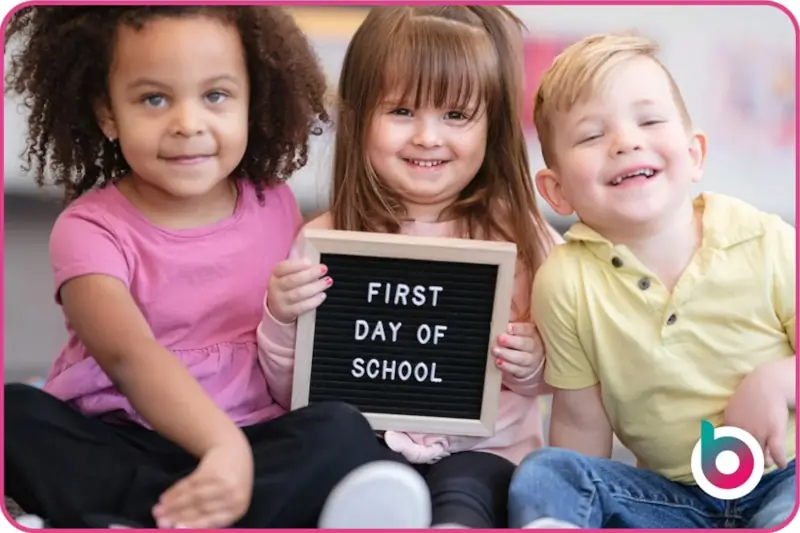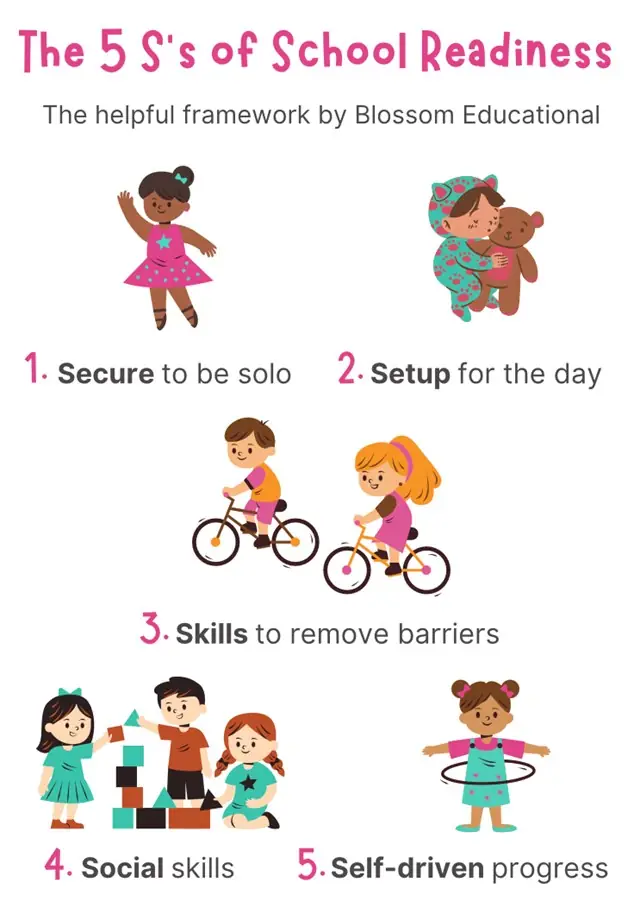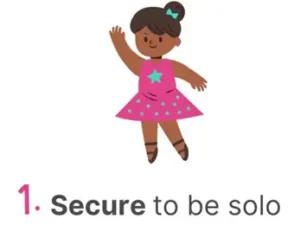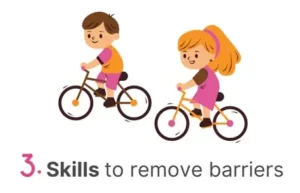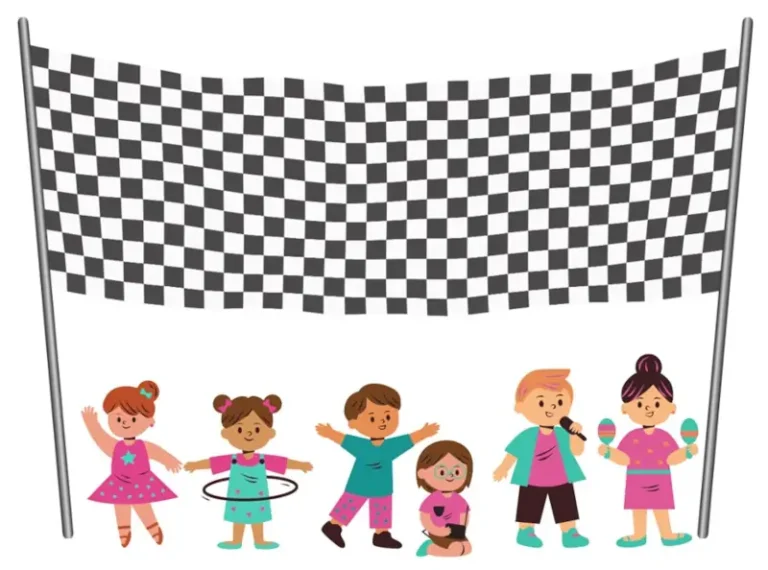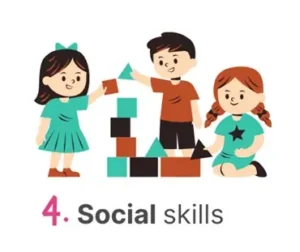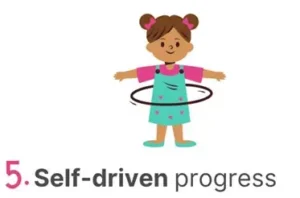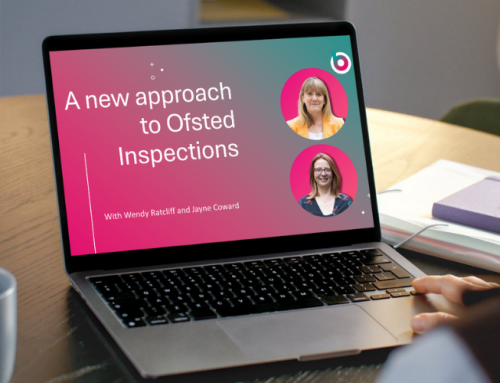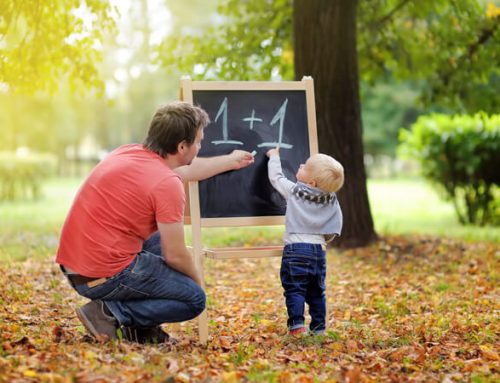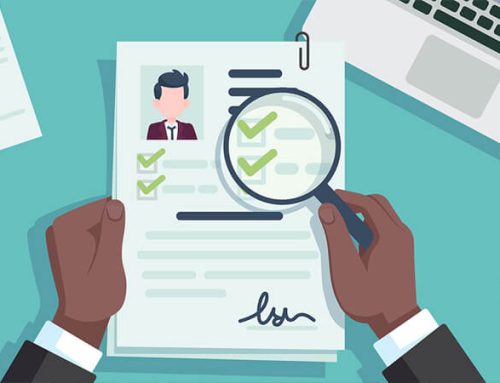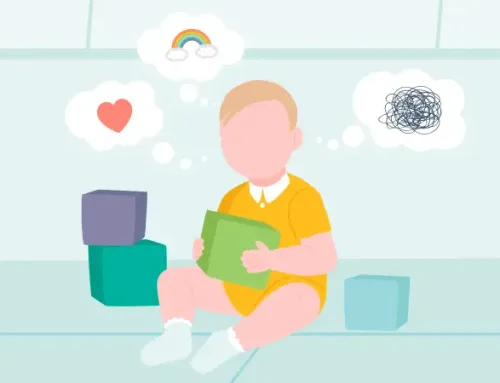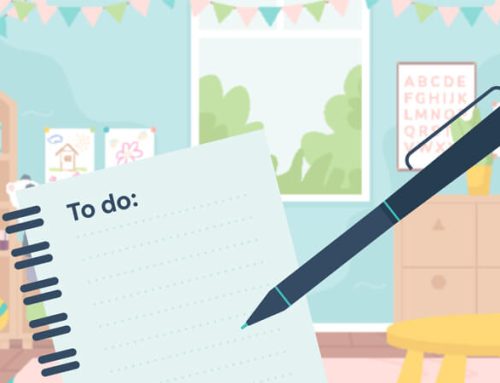We all know school readiness doesn’t start in reception. It happens during their time at nursery. Your team guides them through many of their ‘firsts’, like preparing them for their first day of school. In this article, we explore the 5 S’s of school readiness: a guide for nursery managers to prepare children and their families for the next big step. We share where the term came from, the new definition and our easy-to-follow 5 S’s of school readiness framework. Want to go through this article in more detail with the author? She was live on Tuesday 3rd June at 10:00 in our Get your children school-ready webinar!
-
What is school readiness?
-
What is the definition of school readiness?
-
Why is school readiness important?
-
What are Labour’s plans for school readiness?
-
The 5 S’s of school readiness
-
1. Secure to be solo
-
2. Setup for the day
-
3. Skills to remove barriers
-
4. Social development
-
5. Self-driven progress
-
What is school readiness?
The term ‘school readiness’ gained popularity in 2011 following the Tickell Report review of EYFS. The review noticed that many children were not ready to transition into year 1 due to school ‘unreadiness’.
‘If they are not yet toilet trained, able to listen or get on with other children, then their experiences of school could present difficulties which will obstruct their own learning as well as other children’s.’
The Tickell Report, 2011
This was when the prime areas of learning were first introduced: communication and language, personal, social and emotional development and physical development. In our recent interview with headteacher Richard Grogan, he described what a school-ready child looks like: a child who has the basic (operational) skills needed to get stuck into the exciting learning opportunities the early years offer.
For years, there has been no national definition of school readiness. Schools and nurseries rely on the two-year progress check and the EYFS profile to determine whether a child has reached a good level of development (GLD). This is where our 5 S’s of school readiness comes in. We have created a framework to help your nursery team and families prepare for the school environment.
What is the definition of school readiness?
There is no government definition of school readiness. The Tickell Report, commissioned by the DfE, describes what school unreadiness looks like. The definition created by Schools Week and shared on Starting Reception was developed from the contributions of many early years experts.
Schools teach children academic knowledge and skills each year – their main concern when children join them in reception is how ready to learn they are, not what they already know. Being ‘ready to learn’ relies on secure PSED, communication and language and physical development skills and confidence in applying them independently.
A child’s readiness for school is covered by the 5 S’s:
- Secure to be solo
- Set up for the day
- Skills to remove barriers
- Social skills
- Self-driven progress
Why is school readiness important?
A child’s first year in school is an emotional, social, physical, and mental workout. Every day, children learn new information, social rules (including inferred rules and societal norms), and the application of new skills. A lot is crushed into 10 months of the school year (assuming they start full-time in September).
‘I know that some people interpret the term ‘school readiness’ as implying that children could be pressured to learn to read and write at inappropriately young ages. Others have a wider concern about leaving children free to enjoy their early years without pressure, and argue that schools should be ready for children, not the other way around.
‘Balanced against this, some feel that we do children no favours if we fail to prepare them for the realities of the school environment.’
The Tickell Report, 2011
It’s important that every child is ready to start their school journey. Especially children who begin school with additional barriers to face – like social disadvantage, low-income backgrounds, ethnic minority children and those with special educational needs and disabilities (SEND).
If a child begins their school career behind their peers, they are forever trying to catch-up, many never do. Take a look at the GLD results 10 years apart… 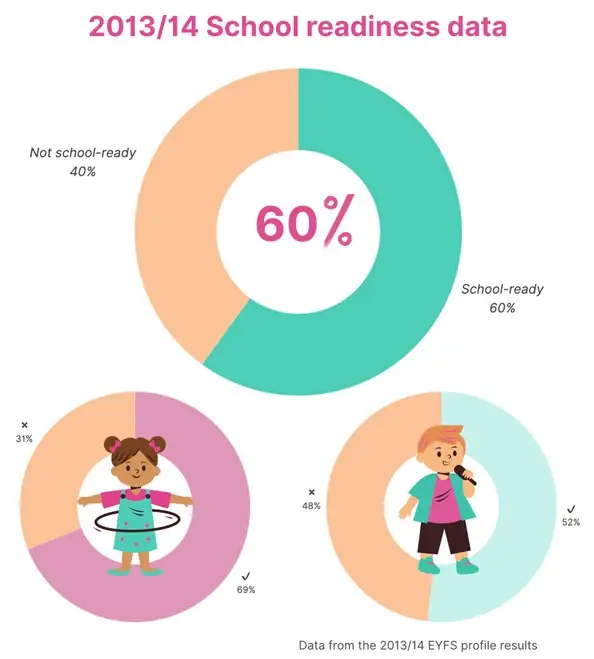
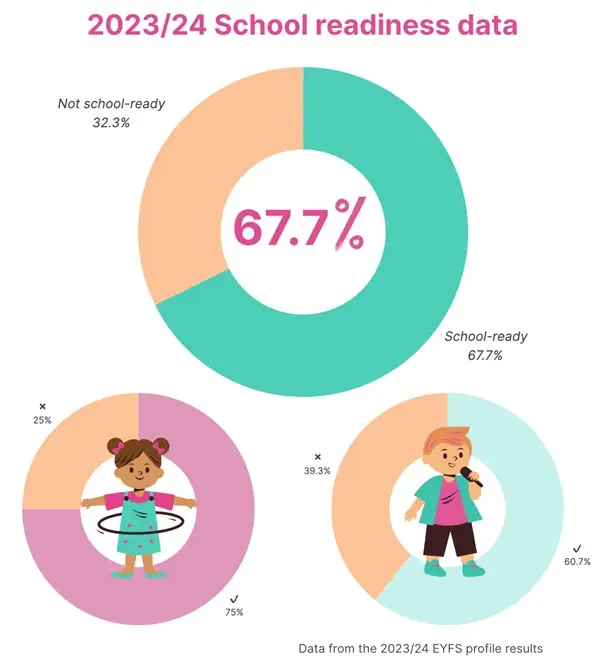
What are Labour’s plans for school readiness?
When Labour’s manifesto for education was released, it had a heavy focus on improving the accessibility to quality early education.
One target they are being measured against is for 90% of children to achieve a GLD in the EYFS profile by 2030 (the current GLD level is 67.7%). 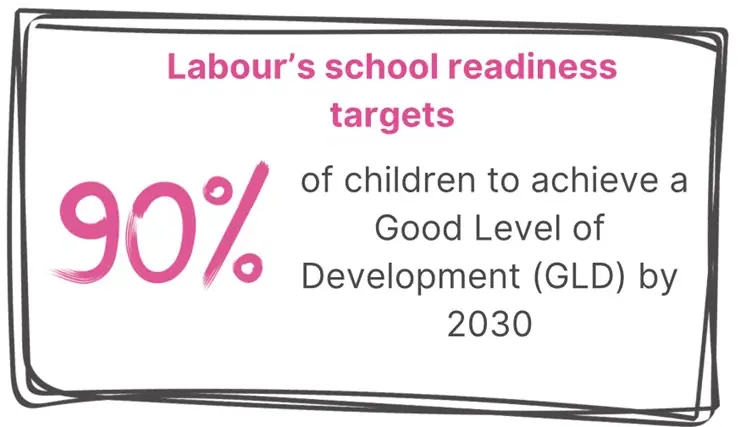
There is yet to be a clear process and plan for how Labour intends to raise the standard of GLD. They have shared the plan for schools to receive additional funding for evidence-based language and communication interventions. The early years sector hopes this commitment to early intervention will filter to private, voluntary and independent nurseries.
The 5 S’s of school readiness
The definition created by Schools Week uses four main categories of ‘basic skills’: growing independence, building relationships and communicative skills, physical development and healthy routines. To make it simple, we’ve broken down the concept of being school-ready into the 5 S’s of school readiness. Of course, a child’s development is not linear. It is helpful for practitioners and parents to see the breakdown of skills a child must have to be school-ready.
- Solo: Secure attachment
- Set up: Ready to be there
- Skills: Reducing join-in barriers (operational skills)
- Social: Increasing enjoyment potential (social skills)
- Self-driven: Ensuring progress without assistance (internal skills)
1. Secure to be solo
Content
Written by
Share
Learn more

